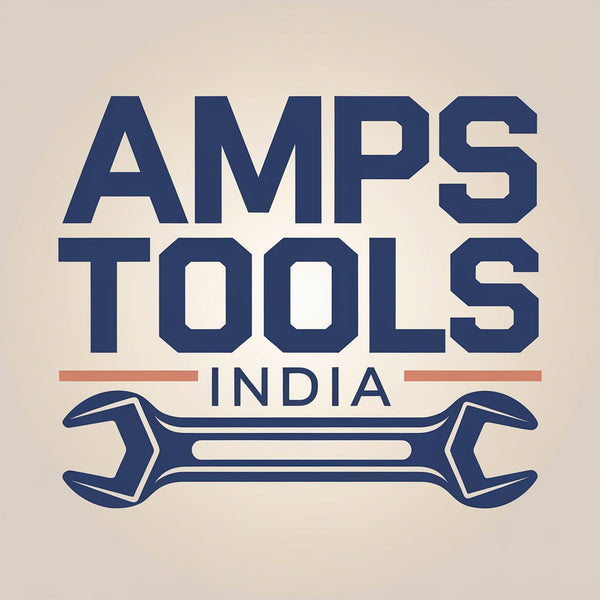
The Ultimate Guide to Choosing the Right Wrench for Any Job
Share
Introduction
When it comes to tackling various jobs, having the right tools is essential. One of the most commonly used tools in any toolkit is the wrench, but with so many types, sizes, and styles, it can be overwhelming to know which one to choose. In this guide, we’ll walk you through the different types of wrenches, what jobs they’re best suited for, and how to select the perfect one for your project.
1. Understanding the Basics: What Is a Wrench?
- Brief history of wrenches.
- Overview of the main function: tightening or loosening nuts and bolts.
- Why having the right size and type of wrench is crucial for efficiency and safety.
2. Types of Wrenches and Their Uses
Each type of wrench is designed for specific tasks. Let’s explore the most common types:
a. Open-End Wrench
- Description: A double-ended wrench with a U-shaped opening.
- Best for: Quick adjustments on nuts and bolts in tight spaces where only partial rotation is possible.
- Ideal projects: Plumbing, basic automotive repairs, or assembling furniture.
b. Box-End Wrench
- Description: Enclosed loop that fits over the entire head of a bolt.
- Best for: Full grip around nuts and bolts, providing more torque.
- Ideal projects: High-torque tasks like tightening or loosening stubborn bolts, especially in mechanical or automotive work.
c. Combination Wrench
- Description: One end is open, and the other is a box-end.
- Best for: Versatility; great for situations where you need both access to confined spaces and a firm grip.
- Ideal projects: Automotive repairs, bicycles, and machinery.
d. Adjustable Wrench (Crescent Wrench)
- Description: A wrench with an adjustable jaw, allowing it to fit various sizes of nuts and bolts.
- Best for: Flexibility when you need to work with fasteners of different sizes without switching tools.
- Ideal projects: Home repairs, plumbing, and assembly of appliances.
e. Ratcheting Wrench
- Description: Similar to a combination wrench but with a ratcheting mechanism in the box-end.
- Best for: Quick work, especially in tight spots where you can’t fully remove the wrench after each turn.
- Ideal projects: Bicycle repairs, automotive work, or any job with lots of nuts and bolts to fasten.
f. Torque Wrench
- Description: A precision tool designed to apply a specific amount of force.
- Best for: Ensuring exact torque settings to avoid over-tightening or under-tightening.
- Ideal projects: Automotive repairs, especially for engine components or wheel lug nuts, and mechanical engineering tasks.
3. How to Choose the Right Wrench Size
- Measuring fasteners: Discuss how to measure nuts and bolts to match the right wrench size.
- Metric vs. SAE (Standard American): Explain the difference between these measurement systems and when to use each.
- Why size matters: Choosing the wrong size can strip fasteners or make your work inefficient.
4. Materials and Durability: What to Look For in a Quality Wrench
- Materials: Chrome vanadium steel vs. stainless steel, and why material matters for strength and corrosion resistance.
- Finishes: Polished vs. matte, and their roles in grip and tool longevity.
- Grip: Comfort handles or non-slip designs for extended use without hand fatigue.
5. Specialized Wrenches for Specific Tasks
- Pipe Wrenches: For gripping round objects like pipes. Ideal for plumbing.
- Allen (Hex) Wrenches: L-shaped tools for hexagonal bolts, often used in furniture and bicycle repairs.
- Strap Wrenches: Used on irregular or delicate objects, common in plumbing or automotive tasks.
6. When to Use an Adjustable Wrench
Adjustable wrenches are versatile, but not always the best option. Here’s when they’re ideal and when it’s better to use a fixed-size wrench for better accuracy and torque.
7. Maintenance Tips for Your Wrenches
- Cleaning: How to clean your wrenches after use to prevent rust or damage.
- Storage: Tips on organizing your wrenches for easy access and to avoid tool loss.
- Inspection: Regular checks for wear and tear to ensure safety and performance.
8. Conclusion: Always Have the Right Wrench for the Job
Whether you're fixing your car, assembling furniture, or doing some plumbing, the right wrench will make your work easier, faster, and more effective. At Ampstools, we provide a wide range of high-quality wrenches to suit any job. Browse our collection to find the perfect tool for your next project.
